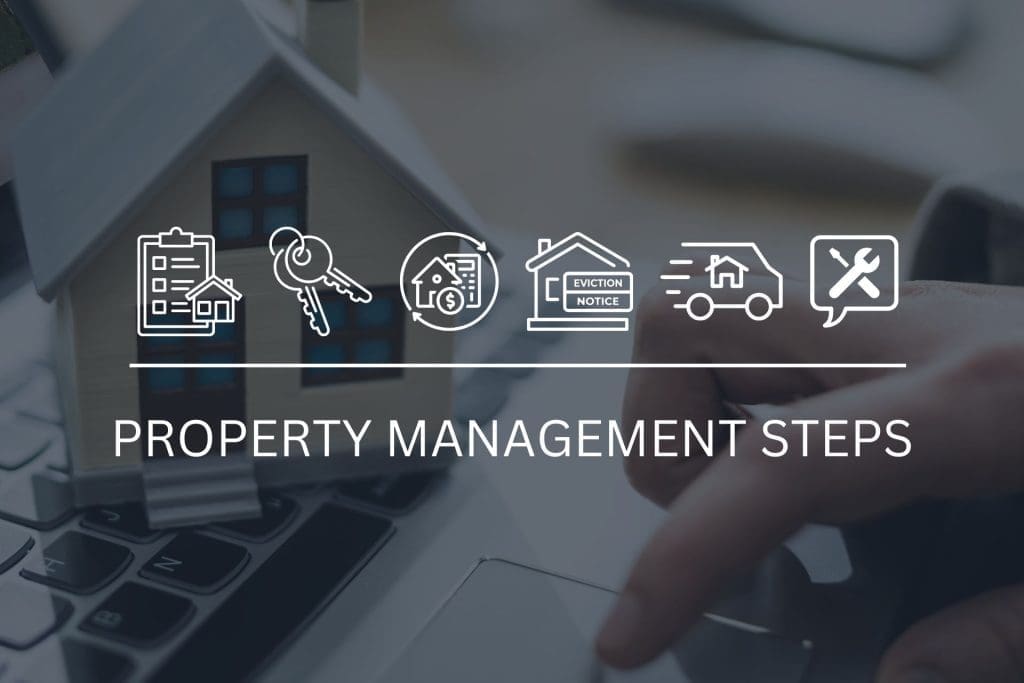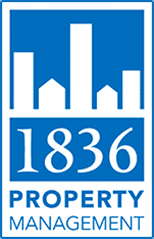Being a landlord is never as easy as it seems on paper. If you’re a new real estate investor or considering jumping into the industry, you might think that your only jobs are to assess whether the tenant meets the qualifications to rent your property and collect the monthly rent. But, being a landlord comes with its own set of obligations, tasks, and headaches.
One of which is welcoming your tenants on moving day, ensuring that your relationship starts off on the right foot. But, what else does a landlord do on their tenant’s move-in day? And is it really necessary to go beyond simply signing the lease and giving your tenant the key?
Well, we’re here to tell you that it is necessary. Here is what you need to know.
Understanding what a landlord does to assist your tenant during the move in process
As a landlord, you are essentially the general manager and maintenance provider of the rental property. While your tenant will hold responsibility for the day-to-day care of that property, it is essential to keep in mind that you are still the one in charge.
This goes for the legal aspect of being a landlord and the personal relationship you build with your tenant. So, it is crucial to know how to set yourself up for an honest, clearcut relationship that will see both you and your tenant satisfied.
Essentially, there are certain tasks that you as the landlord will need to do before, during and after your new tenant moves in. Take a look.
Schedule professional cleaning
So, the move-in day is approaching, and you are expecting your tenants to arrive in a few weeks or even days. What should you do?
Well, we first advise you to perform at least one professional cleaning of the property. This is an essential task to complete when your previous tenant leaves and to prepare your property for the future tenant. This is usually done days, if not weeks, in advance (to have enough time to fix any issues that might arise).
Then a couple days before your new tenant is set to move-in, you’ll want to assess the property one last time to ensure it is completely in that “hotel-room-ready” condition. If you did your due diligence and had a professional cleaning done previously, then a good wipe down may be all that is needed to make the place look picture perfect.
Perform general maintenance and code compliance items
There are some other basic tasks you will have to do to prepare the property between tenants. For example, it is essential to change the air filters, change out broken mini-blinds, mow the lawn, and replace batteries in smoke detectors.
You’ll also want to do a thorough inspection of the entire property to make sure that there aren’t any larger maintenance repair tasks that might need attention. Here are a few questions to ask yourself…
-
-
- Do the appliances work properly?
- Do the walls need a fresh coat of paint?
- Do all the cabinets and cupboards work properly?
- Does the garage door work properly?
- How does the flooring look?
-
We suggest that you choose to hire your trusted, licensed and professional handyman to perform larger maintenance tasks – and preferably before you perform the professional cleaning.
Start your relationship with your tenant
Once your tenants arrive, you will want to be as welcoming as possible. Keep in mind that they’ve just dealt with a full-fledged relocation that involved hiring reliable movers, packing, maybe a bit of traveling, and it’s still not over.
By understanding what a landlord does on the move-in day and by creating open lines of communication from day one, you will set yourself and your tenants up for a smooth transition.
Though not an obligation, some landlords even consider providing their new tenants with a nice and simple welcome gift. For example, a gift basket with a few essential move-in items like toilet paper, hand soap, and maybe even a treat for their pets, can go a long way.
Present your tenants with an information pack
Ideally, you will have a tenant information pack ready to present to your tenants once they move in. Here it would be best if you outlined all that your tenants need to know about living in and maintaining your property.
Items like:
-
-
- Blank “Inventory and Condition Form”: So that your tenants can document any problem areas they notice with the property before they move all of their personal belongings in.
- Mailbox location
- Air filter size
- Trash day information
- Utility providers in the area
-
This information pack serves to help avoid confusion and ease your tenants into their new home. If previous tenants had Frequently Asked Questions, don’t shy away from adding them to the information pack as well.
Emphasize completion of the “Inventory and Condition Form”
To reiterate, you will want to ensure that your new tenants have this “move-in report” so that they can notate any problem areas with the property before they move-in their personal belongings.
Here we will assume that, before they moved in, you created an inventory of your property. In it, you need to outline all the wear and tear that might still need repair (although you’ll want to do your best to keep these to a minimum). That way, if something new shows up, you can quickly pinpoint who is responsible.
Make sure to have your new tenant date and sign the inventory and condition form. This will serve as a detailed move-in report to use as documentation when the residents move out.
Explain how some things work
Even though you feel that your rental property is pretty straightforward, your new tenant simply may not be aware how to use or troubleshoot common appliances or features in the home. Take this opportunity to explain how their new home functions.
You may choose to walk them through the home and discuss features of the home appliances and common trouble areas to help them understand how they operate. For example, how to use smoke alarms, HVAC systems, garbage disposal, window closing mechanisms, etc. Or you may also choose to create instructional paper or video manuals to provide to your tenants. Doing so will save you time and energy from having to repeatedly explain how certain items function, and will also help avoid misuse by the tenants.
Honor the Texas Property Code
The Texas Property Code, Section 92.151 (15) demands that landlords rekey the locks of their rental property within seven days of the resident moving in.
It is imperative that you follow not only this property code requirement, but all codes set by your state or city as it pertains to rental properties. The easiest way to keep yourself out of litigation is to complete your landlord duties diligently and timely.
Discuss how and when to contact each other
Ensure that your tenants are aware of the best ways to contact you (their landlord) and any other guidelines that will dictate your communication rules. We recommend that landlords always communicate via email in order to have a paper trail for all conversations. While phone calls can usually be reserved for emergencies or items that might need deeper clarification.
However, keep in mind that you likely won’t be available to answer a phone call at all hours of the day. So encourage your tenants to set appointments with you during your “business hours” in order for both parties to give and receive the best attention on any matters being discussed.
The Bottom Line
By understanding what a landlord does leading up to, during, and after your tenant’s move-in day, you will set yourself, and your new renter, up for a more streamlined process.
Many real estate investors often opt to hire professional services to assist with property management. At a minimal fee that can be comparable to any other regular monthly bill, hiring a property management partner allows investors to focus on things that are more important in life, like time with family and friends.
If you own or plan to own a real estate investment in Austin, TX, and are looking to work with an experienced and professional property management partner, contact 1836PM. We look forward to helping you reach your investment and financial goals!
Contact Info:
BDM@1836pm.com
512-994-4323
By: Kayla Gonzales







